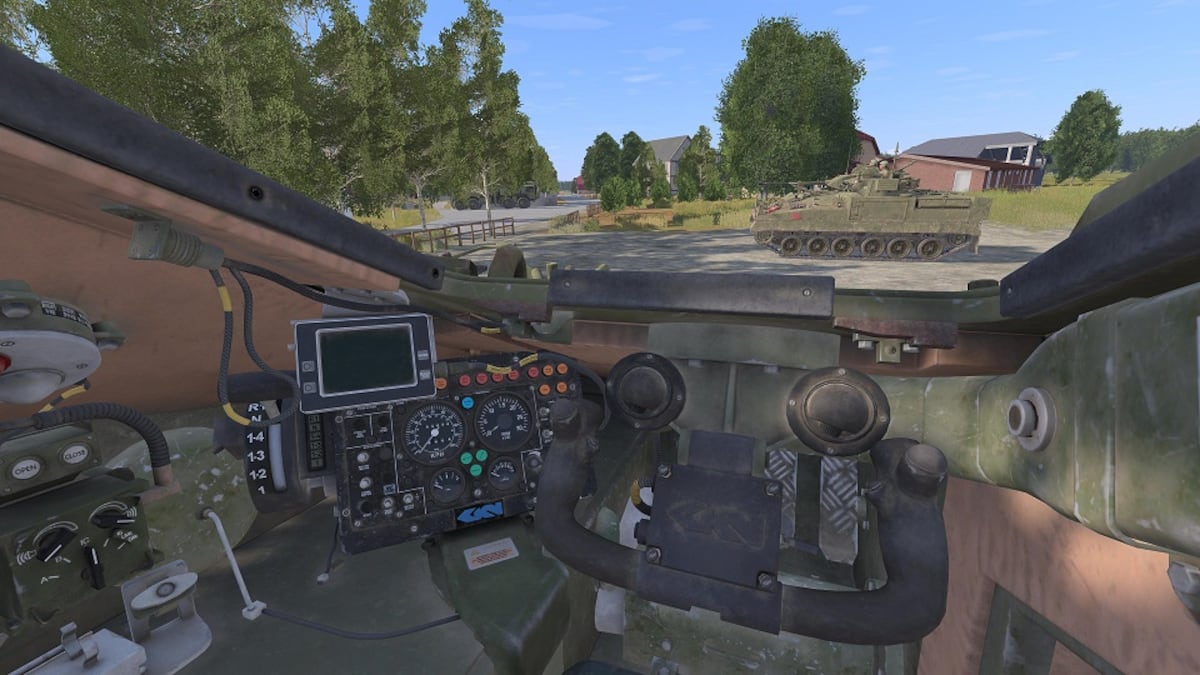IbizaPocholo
NeoGAFs Kent Brockman

BAE Systems buys military simulations firm for $200 million
In the statement, BAE Systems said it expects the global market for military training and simulations environments to eventually surpass $11 billion annually.
BAE Systems has completed the $200 million acquisition of Bohemia Interactive Simulations, a company that specializes in building high-fidelity training simulations for the military.
"The addition of BISim to the BAE Systems team expands our modeling and simulation capabilities and solidifies our systems integration strategy," said Tom Arseneault, who heads BAE's U.S. business, in a March 7 statement. "With this acquisition, we are even better positioned to meet our customers' evolving needs in the rapidly growing market for global military training, and deliver next-generation virtual systems to help our U.S. military and its allies effectively prepare for future scenarios."
In an interview with C4ISRNET BISim, President Arthur Alexion said the business is "a 350-person company coming into an 80-90,000 person company [with] enormous deep customer relationships which we can tap into and an enormous amount of technology, knowledge and intellectual property which we're going to be digging into."
Bohemia Interactive Simulations works with 60 different militaries around the world and 300 integrators serving those militaries, said Alexion. BISim, which will become a wholly-owned subsidiary of BAE Systems Inc. — the American subsidiary of London-based BAE Systems — and will join the company's intelligence and security sector.
Prior to the acquisition, the two companies had worked together. They partnered in 2019 on the U.S. Marine Corps War Gaming and Analysis Center contract, and BISim also contributed to BAE Systems' Joint All Domain Operations System of Systems research and development project.
In its statement, BAE Systems said it expects the global market for military training and simulation to eventually surpass $11 billion annually.
"The fullest extent is a long way away. There's opportunity after opportunity specifically in training," said Alexion.
"Live training is muddy and dirty, difficult to arrange. You can't practice in different weather; You can only practice in the weather that exists. You can't practice at different times of day and night; you can only practice at the time when you're there," Alexion continued. "Virtual training for many types of training is a logistically better way to train."
And technology advances are constantly improving the quality of virtual training. Faster processors enable higher fidelity simulations, so while past simulations may apply probabilistic algorithms to see which group would win in a combat and estimate casualties and damage at a top level, today's simulations provide a far more granular environment meant to recreate combat at the individual level.
"We are the most high fidelity version of the metaverse — if you like — the virtual world which the military wants to be able to operate in," said Alexion. "The concept of a soldier kneeling, going prone, rolling over, hiding behind a bush, hiding behind a wall — all of those things are represented properly. Bullets actually fly. The trajectory of every bullet, of every round, is actually modeled. It's the highest fidelity that you can get."
"The more realistic it is, the more you can immerse trainees into the environment," he added, noting soldiers using their systems actually have physical reactions to the simulations, such as increased heartbeats and pupil dilation.
Other technologies are also improving the simulation training experience. Cloud technologies allow people in different locations to train together online, while cheap sensors enable companies like BISim to take enormous amounts of terrain data and incorporate it into the virtual world for a more realistic environment.
Peder Jungck, vice president and general manager of BAE Systems Modeling & Simulation Solutions, told C4ISRNET BAE will be able to help BISim with incorporating digital modeling into their environments, creating a pipeline from digital engineering to training.



